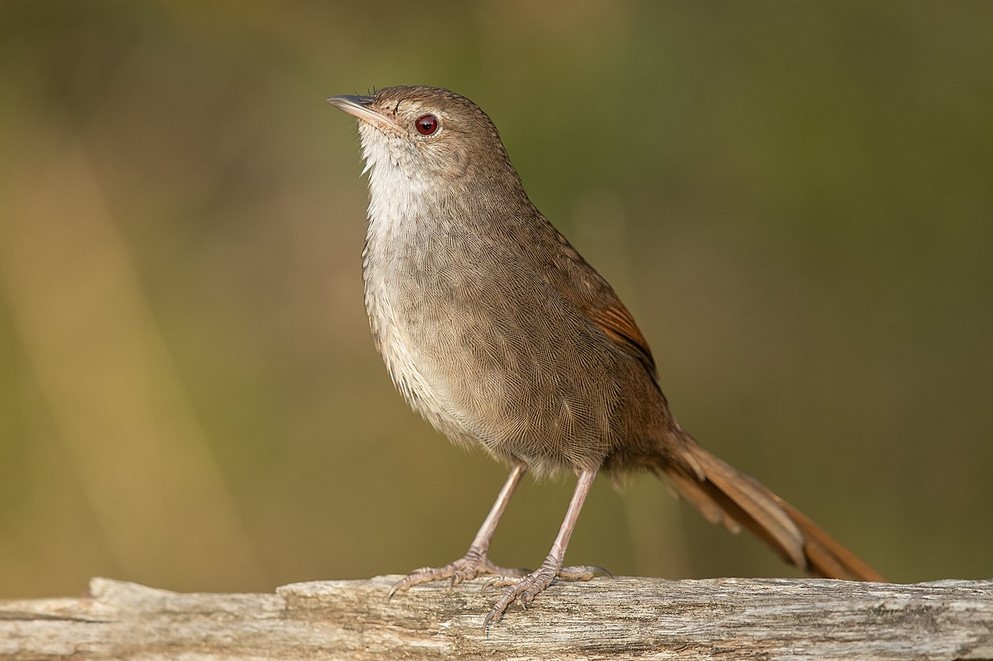Artificial intelligence confirms Eastern Bristlebird survived bushfires
Eastern Bristlebird is an elusive species and, existing only in a few areas on the east coast of Australia, is listed as Vulnerable on the IUCN Red List. The bushfires that raged through its rainforest home left ornithologists and birders concerned for its continued existence in south-east Queensland, where there have been no observer reports since the natural disaster in 2019-2020. Before the fires, it was estimated that the area held no more than 40 bristlebirds.
In an effort to ascertain the status of the species in the area, Queensland University of Technology (QUT) teamed up with BirdLife Australia and Healthy Land and Water to position five autonomous sound recording devices in the bird's northern range in 2022.

It was feared that the northern population of Eastern Bristlebird may have perished as a result of bushfires in 2019-2020 (JJ Harrison via Wikimedia Commons).
Dr Lance de Vine, QUT computer scientists, streamlined the process of analysing the hundreds of hours of sound recordings by creating an artificial intelligence model that was trained to identify Eastern Bristlebird vocalisations.
Explaining why the team went down the artificial intelligence path, Susan Fuller, associate professor at QUT, said: "We've always come back to the same stumbling block of someone having to sit down and go through the recordings minute by minute, manually identifying the calls."
Professor Fuller said that the use of artificial intelligence in analysing the sound recordings is "a gamechanger for us."
However, the model needed the initial input of a trained human ear. Callan Alexander, BirdLife threatened species project officer, was the first to pick out Eastern Bristlebird vocalisations from the recording and confirm the survival of the species in the area. This allowed the trained AI program to quickly identify 350 bristlebird calls from the two months of sound files.
Researchers have now installed a further 20 acoustic monitors to gain a fuller understanding of the current status of the species in the northern part of its range.

